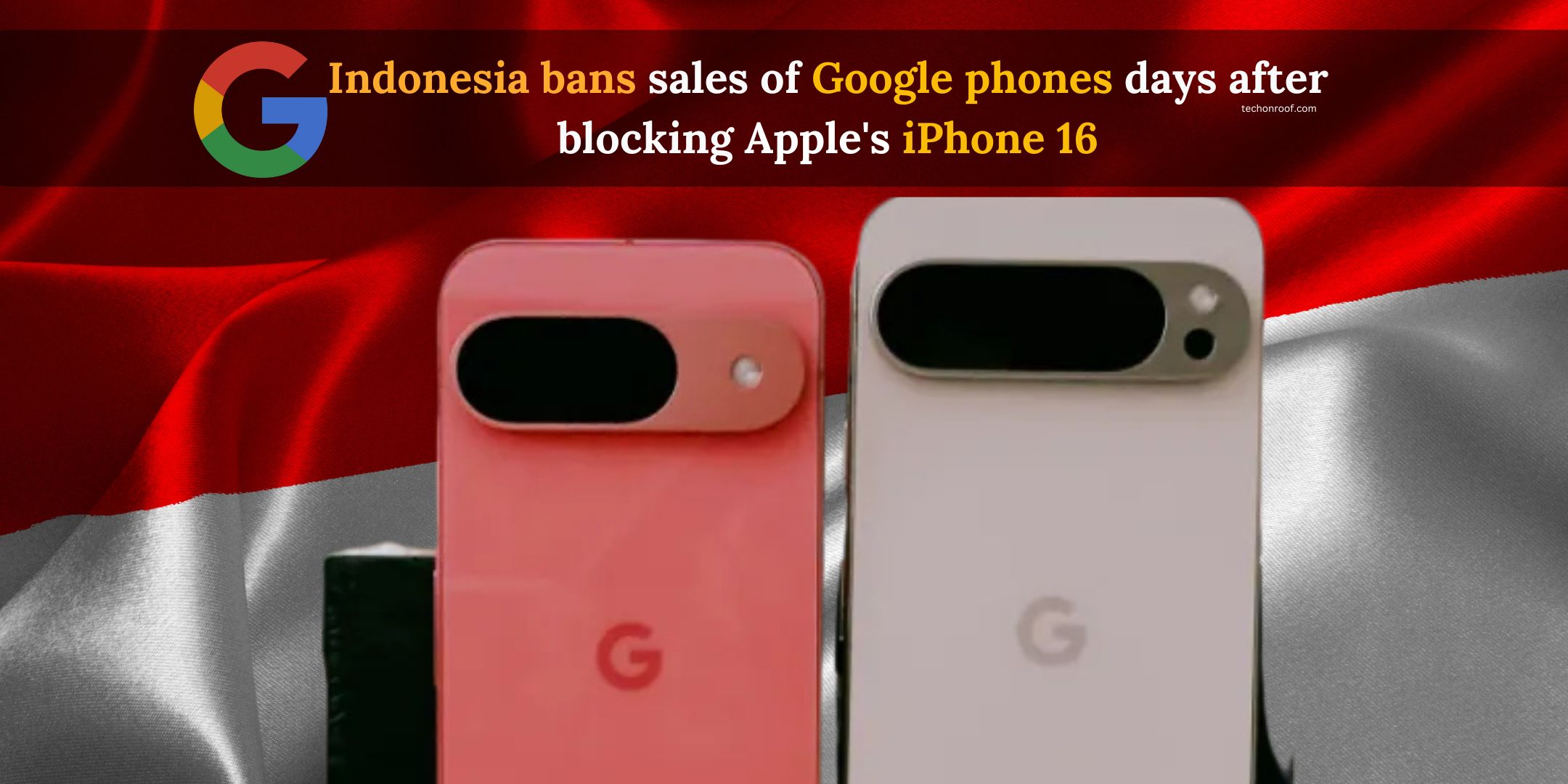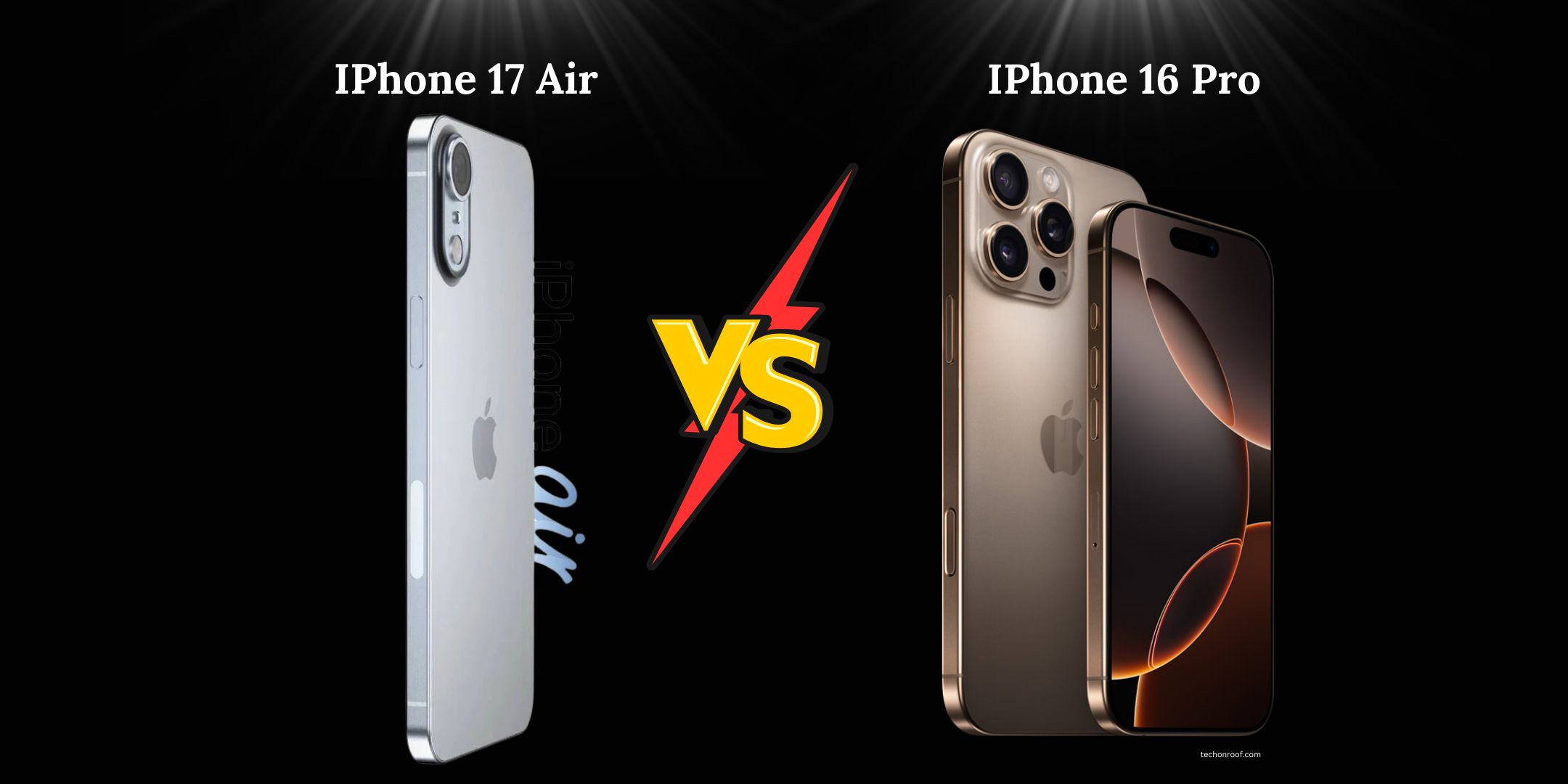Indonesia on Tuesday banned the sales of Google smartphones in the country for not meeting local manufacturing requirements, days after banning Apple from selling the iPhone 16. Indonesia requires at least 40% of the parts from phones sold locally to come from within its borders. According to Industry Ministry spokesperson Febri Hendri Antoni Arief, the steps are designed to treat all investors equitably. Though Google phones do not sell officially in Indonesia, a consumer can purchase one abroad if he pays taxes accordingly.
Read Also: Stable Galaxy Watch 6 One UI 6 Watch update available for download
This is after Indonesia failed to sell the iPhone 16 under the same local content requirement that requires manufacturers to engage their local suppliers, thus complying. These are not the smartphone brands in Indonesia. Others that are leading in the region include OPPO and Samsung.
Read Also: One of our favourite Wear OS watches drops to its lowest price ahead of Black Friday
Indonesia is a very strategic market for Southeast Asia and a country with a tech-savvy population, and it banned the iPhone 16. Bhima Yudhistira, director at the Center for Economic and Law Studies, has criticized the move, calling it “pseudo-protectionism” that could harm consumer choice and create uncertainty for potential investors.
Read Also: Google Pixel Watch 5 might be getting a custom Tensor chip
Why did Indonesia ban the iPhone 16?
Indonesia recently banned selling iPhone 16 models in the country because they lacked the local Domestic Component Level certificate of necessity for local sales. The Ministry of Industry estimated that between August and October 2024, approximately 9,000 units of iPhone 16 gadgets entered Indonesia with taxes already paid.
Read Also: Xiaomi launches Watch S4 with changing bezels and gesture interface
The ministry further clarified that iPhone 16 devices brought in by individual travelers, crew members, or through shipping services for personal use are allowed, provided that they are not resold in the country.





